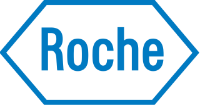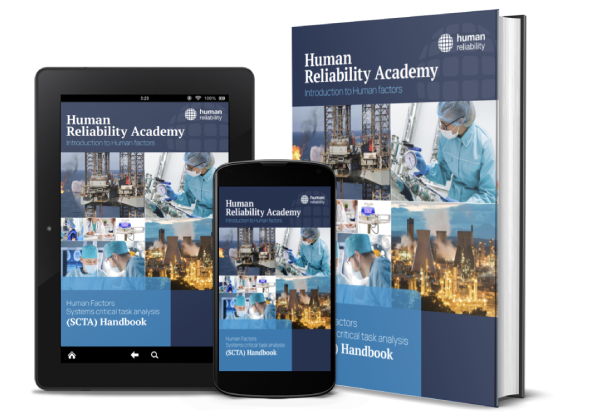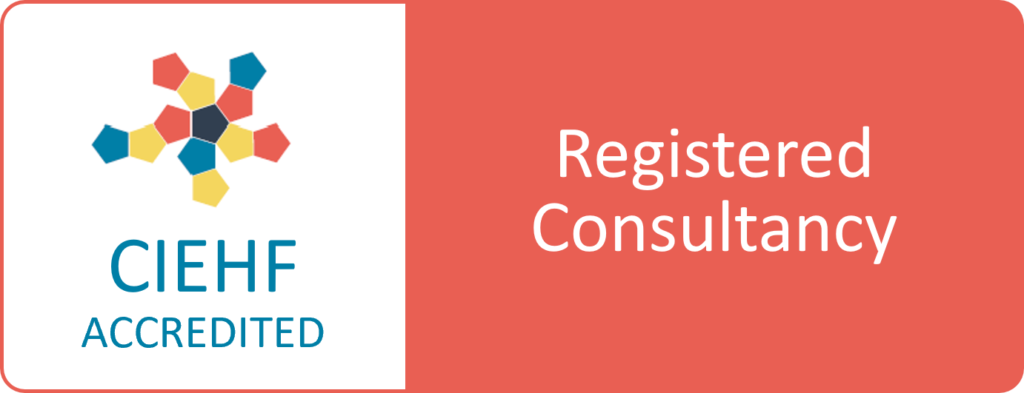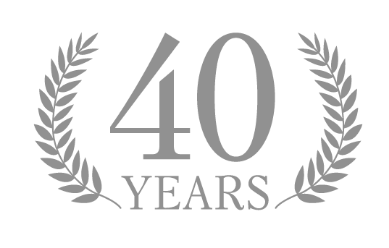In any organisation, Standard Operating Procedures (SOPs) play an integral role in optimising operational efficiency and minimising human error. SOPs serve as a valuable tool for several reasons, including standardising work practices, providing a foundation for training and competence management, and ensuring compliance with regulatory requirements.
Within the process safety industry, SOPs assume critical importance in the prevention and mitigation of potentially hazardous incidents. This significance is also recognised by the Health and Safety Executive (HSE), as evidenced by the inclusion of procedures as a Topic Area in the Human Factors COMAH Guide. During our Safety Critical Task Analysis (SCTA) reviews, we frequently identify opportunities to enhance our clients’ SOPs to maximise safety and operational efficiency. As such, this blog post aims to compile recommendations for best practices in SOP development.
1. Ensure the content aligns with task execution
The primary role of a procedure is to guide users in executing their tasks effectively and safely. It serves as a job aid to support quality work performance. As such, the content of the procedure must reflect the actual task execution. However, in some cases, there will be an instance whereby the procedure documented differs from the real work. Discrepancies, such as missing steps, incorrect valve numbers, or outdated procedures, can lead to operational inefficiencies or, worse, pose a risk of contributing to hazardous incidents. In any case, if such discrepancies are left unaddressed, they can contribute to a hazardous event, especially if the procedure is used to train new operators. Therefore, procedures must reflect the actual work conducted in the workplace.
To mitigate these risks, procedures must mirror the execution of tasks. One of the best ways to ensure that the procedures reflect the task is through collaborating with individuals with firsthand experience of the task. Engaging those with practical exposure provides an opportunity to capture undocumented insights. This also opens up room to discuss or clarify any suggestions that could improve the quality of the procedure and address potential improvements, thus enhancing the quality of the procedure.
2. Have good usability and readability
Usability and readability are pivotal in ensuring users can comprehend and follow procedures effectively. We like to encourage the principles of clarity, consistency, and conciseness – the “3Cs.”
An effective SOP contains only information relevant to the task at hand. Often, we see procedures overloaded with information, making it confusing and difficult to understand. While detail is essential, an excessive overload of information can lead to confusion and hinder comprehension. Crossing the line between “just right” and “too much” could cause confusion for the operators or, even worse, deter them from reading the SOP. As such, striking the right balance between detail and brevity is crucial to prevent user discouragement and errors.
Besides being concise, the language used for the procedure should be clear and easily understood. The vocabulary used should be specific, devoid of jargon and with layman’s terms to eliminate room for ambiguity. This clarity ensures straightforward and comprehensible communication, reducing the risk of misunderstandings. Additionally, having clearly defined roles and responsibilities further enhances user understanding of the work that is expected from them, which in turn will improve work performance.
Consistency in formatting, including distinct headings, appropriate text formatting (e.g., bold or italic), and bullet or number lists, contributes to good SOP usability. When an SOP is presented in a consistent structure, the reader can absorb the information quickly. Moreover, it enables the user to locate specific information quickly, reducing the likelihood of errors.
3. Incorporate risk-informed procedures
Maintaining safety is paramount in the process industry, and a helpful way of ensuring safety is by ensuring that the operators are aware of the risks involved. This can be achieved by including warnings and comments in the procedure. Warnings serve to emphasise critical information and convey the severity of hazards concisely. Comments or footnotes provide justifications for specific procedures, reinforcing why tasks must be executed in a particular manner. Including warnings and comments educates operators about potential vulnerabilities and elevates the quality of their training and competency, ultimately assuring accountability among the personnel.
Frequently, organisations employ job aids like checklists, flowcharts, or an abridged SOP to carry out their task. It is crucial that these tools maintain a consistent level of detail of the risks as the full SOP to ensure safety is prioritised and the potential for human error is minimised.
4. Keep it alive
SOPs are living documents, and as such, they must evolve alongside changes in the work system, such as plant design improvements, new regulations, and updated in-house policies. Regular review and updates are essential to maintain accuracy and alignment with the site’s current state. These reviews are also an excellent opportunity to gather operator feedback, facilitate ongoing improvements in task execution, enhance work efficiency, and foster collaboration between management and frontline workers.
Conclusion
In conclusion, SOPs are fundamental to maintaining safety and operational efficiency. The post above went through some examples of best practices for SOPs to reduce human error. These include aligning the task with how it is conducted in real life, having good readability and usability, embedding risk-informed procedures, and planning regular reviews. By implementing these best practices, organisations can ensure that their SOPs are not only compliant but also practical tools that contribute to a culture of safety, efficiency, and continuous improvement.
To read part 2 in this series on learning about best practices for writing procedure, click here.
To learn more about the topic areas in the HF COMAH guide, click here.
To learn more about procedures, click here.
At HRA, our SHERPA software is a powerful tool that can support you with writing high quality procedures. For more information, click here.














